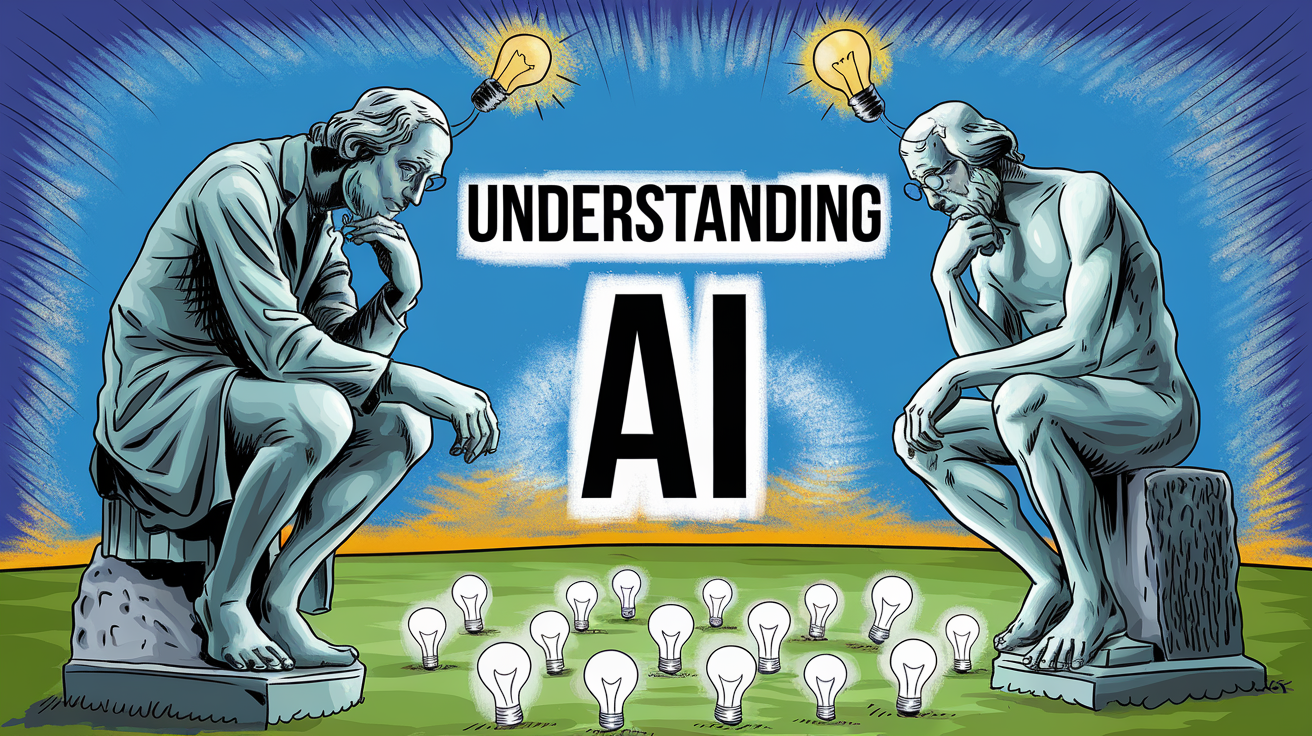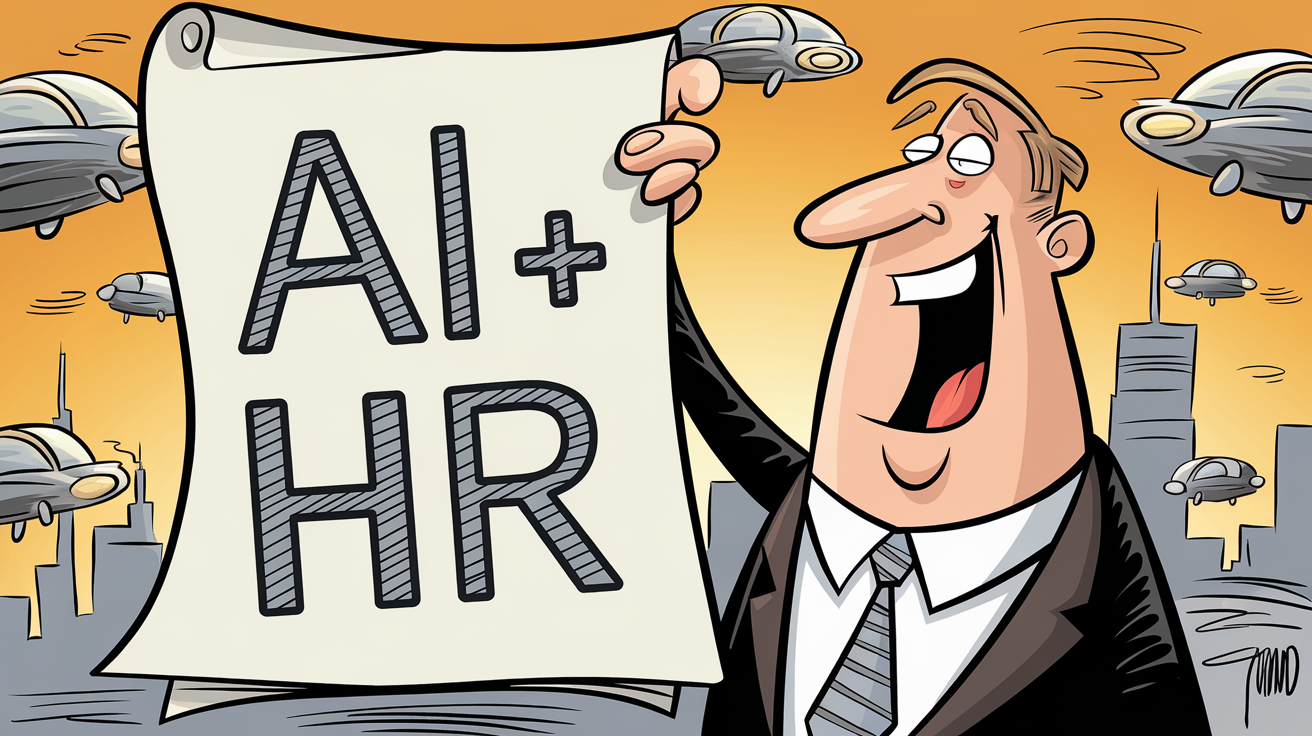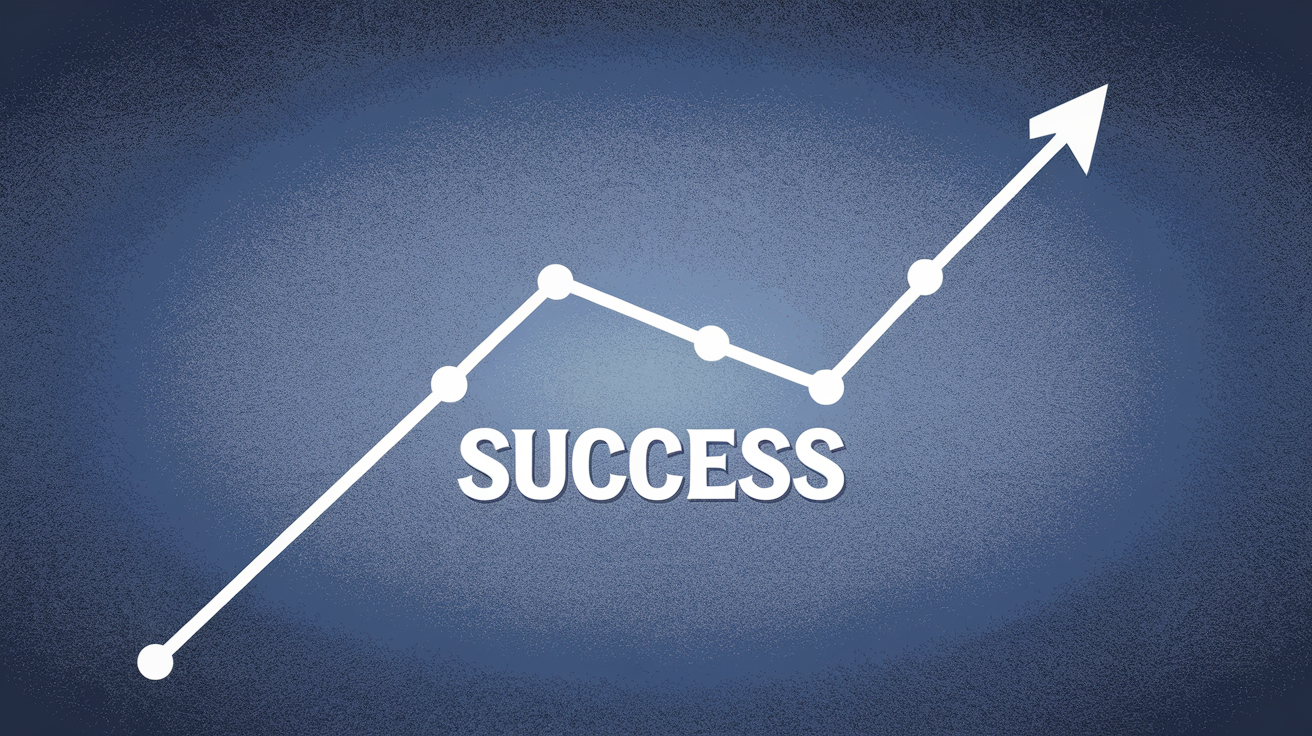Cutting-edge software and technologies just keep making our lives simpler! Now, we're even able to automate time-consuming HR tasks. But what is "HR automation", and how can it be advantageous to your business? Simply put, HR automation is using technology to complete repetitive tasks, freeing up your HR team to concentrate on the work that really matters: fostering employee success.
Join the Future: Understanding HR Automation
Venture with us into the crux of the future: HR Automation. It's a simple concept that has the power to change organizational dynamics. Picture it as swapping out your old manual transmission for a self-driving Tesla. Specifically, HR Automation is the application of technology to perform a series of repetitive tasks that were traditionally performed by humans. Whether it's sorting thousands of resumes or managing payroll for a multilevel enterprise, automation proves to be a real game-changer.

So, how exactly can HR automation enhance efficiency and productivity? The answer is twofold. First, automation rids HR staff of onerous administrative tasks. When our talented HR professionals aren't bogged down by mundane tasks, they are free to focus on the more substantial aspects of their role: improving employee engagement, strategizing benefits, shaping the organizational culture, and much more.
Secondly, automation can perform tasks at a much faster pace and with greater accuracy than us mere mortals. Think about sifting through hundreds of resumes to find a suitable candidate or manually entering payroll data for a large workforce. HR automation tools, equipped to handle large volumes of data, can complete these tasks in a fraction of the time, thereby driving productivity through the roof.
In embracing HR automation, we're not only able to save a significant amount of time but also reduce the risk of human error. That's HR automation in a nutshell: swapping the manual for the autonomous to make business processes simpler, efficient, and more productive. Why stick with the old when the new can guarantee notable boosts in efficiency and productivity? It's time we shift into autopilot mode and join the HR automation revolution.
Perks of Automating HR
Stepping into the digital age, HR automation continues to demonstrate itself as a boon for Human Resources. Here, we delve into the distinct ways in which automation can improve tasks such as recruitment, screening, payroll, and much more.
Recruitment and Screening
Firstly, in terms of recruitment and screening, automation takes the heavy load off HR professional’s shoulders by:
- Digitally sourcing resumes,
- Scanning through hundreds, if not thousands, of resumes in a fraction of the time
- Utilizing artificial intelligence and algorithms to identify the most promising candidates, ensuring you're only viewing the resumes most relevant to the position's needs.

Payroll Services
When it comes to payroll services, it can be quite an uphill battle to maintain accuracy while staying up to speed with evolving tax laws and regulations. However, with automation:
- The process is streamlined,
- Reduces the chance of human error,
- Ensures timely and accurate payroll services.
Benefits Management
On the topic of benefits management, an automated HR system
- Provides employees with an easy-to-use interface where they can view and manage their benefits,
- Results in less administrative work for the HR department,
- Allows greater self-reliance for the employees.
Broader Benefits of HR Automation
Beyond tasks, let’s take a moment to acknowledge the broader benefits automation brings to the HR landscape.
- Time Saving: Automation accelerates repetitive and monotonous tasks, allowing HR professionals to allocate their time to high-impact, strategic tasks.
- Reducing Errors: Automation ensures high-level precision in task execution, minimizing risks associated with manual data entry and process handling.
- Ensuring Compliance: In the complex world of HR compliance, an automated system can be kept up to date with ever-changing regulations and legal requirements, reducing the risk of non-compliance.
By harnessing the power of HR automation, businesses deliver more efficient HR services, boost employee engagement, ensure regulatory compliance, and drive better business performance. Now, that's an enticing deal, isn't it?
Bringing AI into the HR Picture
Artificial Intelligence (AI) is no longer a buzzword; it's becoming an indispensable tool in the world of HR. Essentially, AI involves the use of machines and systems that are capable of learning from experience, adjusting to new inputs, and accomplishing tasks that typically require human intelligence.

But, AI's role isn't to replace human HR professionals; far from it. It's to enhance their work, leading to more efficient and effective HR functions. AI can handle and make sense of vast amounts of data way faster than a human can, which is particularly useful in sifting through resumes and identifying potentially high-performing candidates. It's a great way to mitigate biases in the hiring process, too, since it purely looks at qualifications and experiences—and not at names, photos, or other irrelevant details that could sway human judgement.
AI, being the advanced tech it is, can take HR Automation further into the realm of predictive analytics, where it can offer insights into future trends, potential staffing issues, and employee retention strategies. This ushers in a more proactive approach to HR management, ensuring problems are addressed even before they fully materialize.
According to "Forbes", core HR functions like rewards and benefits can be revolutionized, too. AI can assist in personalizing these benefits, ensuring they match individual preferences and boost employee satisfaction as a result. In essence, it's taking HR operations to a level of precision that's hard to match without tech.
Decoding, interpreting, and predicting human behavior—a prominent part of HR—have always been complex tasks. Fortunately, AI provides a way to cut through this complexity, offering smarter, data-driven insights to lead HR in the right direction.
So, the question isn't whether AI has a role in HR automation—it's about how far we're willing to let it transform our HR operations, for the better.
How to Automate Hiring: A More Efficient Talent Acquisition Process
With the challenge of pulling a needle out of the proverbial haystack when companies receive an average of 250 resumes for each job opening, hiring automation offers essential relief. It streamlines the recruitment process by automating time-consuming tasks. Let's break down the key steps of this revolution in the hiring world.

Enhanced Job Postings
Hiring automation first steps in to enhance job postings. It works by:
- Automatically distributing postings across various job boards,
- This increases exposure to potential applicants.
No more manual postings to every job website; the technology handles it all.
Using Applicant Tracking Systems for Resumes
The pain of sorting resumes manually is now a thing of the past thanks to Applicant Tracking Systems (ATS). These systems:
- Sift through resumes,
- Spot keyword matches from qualifications and experience,
- Fast-track highlighting suitable applicants,
- Greatly reduce human error and bias.
Automated Interviews
In the game of hiring automation, even interviews can be automated. Using video interviewing tools:
- Candidates can record responses to interview questions at their convenience,
- The system can analyze responses, demeanor, and voice cues, thereby ranking candidates – adding another layer of objectivity.
Automated Reference Checks
Automated reference checks take the hassle out of the usual time-consuming process. With software like SkillSurvey:
- The system automates emailing references a list of role-specific questions,
- Collates the feedback, offering a comprehensive overview of the candidate’s potential performance.
Onboarding Phase Automation
Lastly, traditional onboarding, often awash with paperwork, can make for a less-than-exciting welcome for new hires. Platforms like BambooHR facilitate:
- Completion of forms electronically,
- Tracking of mandatory training completion.
This way, HR teams and new hires can focus on adapting productively to their new environment rather than tackling relentless paperwork.
Whilst automation has truly revolutionized the hiring process, it's crucial to note that creativity and judgement remain essential elements. This necessitates a balmy blend of automation and human touch in HR. Indeed, no piece of tech can replace the art of relationship-building in HR, but certainly, we can let the bots handle the grunt work. With automation, less time can be spent just searching and more time on actual finding. This frees your team up to do what they do even better. Welcome to the era of automated hiring.
Deep Dive into Process Automation in HR
We've entered the era where the significance of adding process automation to HR functions is undeniable. After understanding the concept of HR automation and its perks, let's delve into the nuances of process automation, a significant component in the HR automation ecosystem.
Understanding Process Automation
As a concept, process automation works on the principle of automating repetitive, manual tasks and streamlining complicated workflows. When applied to HR, it implies transforming a traditionally human-dependent process into a technology-dependent one. The sought-after goal is to eliminate time-consuming, manual processes to make HR operations more efficient and error-free.
HR specialists juggle many responsibilities, from recruitment, payroll processing, managing employee records to ensuring regulatory compliance. Given the broad scope of their duties, process automation proves invaluable in supporting their efforts.
Process Automation in Recruitment
One major area where process automation transforms traditional practices is recruitment. Tasks such as:
- Sifting through numerous resumes,
- Scheduling interviews, and
- Conducting reference checks,
Usually consume substantial amounts of time and effort. However, with process automation, an Applicant Tracking System (ATS) can streamline these actions: vet applications based on predefined parameters, automate interview scheduling, and perform background checks. This speeds up the entire process and eliminates human error.
Onboarding and Process Automation
Onboarding is another process ripe for automation. To improve efficiency and enhance the new hire experience, process automation allows new hires to:
- Complete all paperwork digitally,
- Access necessary documents and videos to understand their roles, the company culture, and other critical information.
This digital interaction eliminates paperwork and improves the efficiency of the onboarding process.

Automating Attendance Management
Even the simple but necessary task of managing employee attendance can be automated. With Integrated HR systems, employees' login/logout times are automatically recorded, ensuring accurate calculation of work hours, overtime, and leaves.
The Path to Automation
The journey towards process automation may seem overwhelming, but the returns are rewarding. By automating repetitive tasks, HR teams can focus on strategic activities like talent development and employee engagement, leading to a more productive and engaged workforce.
Successful HR Automation: Case Studies and Best Practices
To truly understand the potential and practicality of HR automation, it's beneficial to consider real-world examples. Let's dive into a couple of case studies.
IBM made waves when it successfully implemented AI and automation in HR to transform its global operations. The change led to significant productivity improvements, saving the company an astounding $107 million in costs over several years. It wasn't just about savings though. IBM's new system ushered in a more responsive and analytical HR approach, raising their talent acquisition game to a new level.
Then there's Unilever, which piloted an AI-driven hiring process to enhance diversity and reduce recruitment time by a whopping 75%. The result was a win-win: a more diverse workforce and a streamlined, efficient recruitment process that saved both time and resources.

Now, let's talk best practices in implementing HR automation.
Instead of diving headfirst into a complete HR overhaul, trial the automation of a few non-critical tasks to test the waters. By learning the ropes gently, you'll gain a better understanding of how automation can benefit your business and you'll sidestep potential teething problems.
Secondly, choose the right technology. Do your homework – the right automation tools for you depend on your specific needs and business model. Resources like JustResults.ai offer comprehensive guides to assist with this.
Thirdly, focus on the human aspect. Remember, automation is there to support your HR team, not replace it. Keep them in the loop about changes, offer training and make sure they understand the benefits of these new tools to foster a positive attitude towards the transition.
Lastly, keep reviewing and refining. Technology is always changing, as are the needs of your business. Regularly re-assess your automation strategy to make sure your HR functions are as efficient and effective as possible.
With thoughtful preparation and a strategic approach, HR automation can revolutionize your business operations. Bear in mind these best practices and examples as you embark on the journey, and you'll be well on your way to harnessing the power of automation.